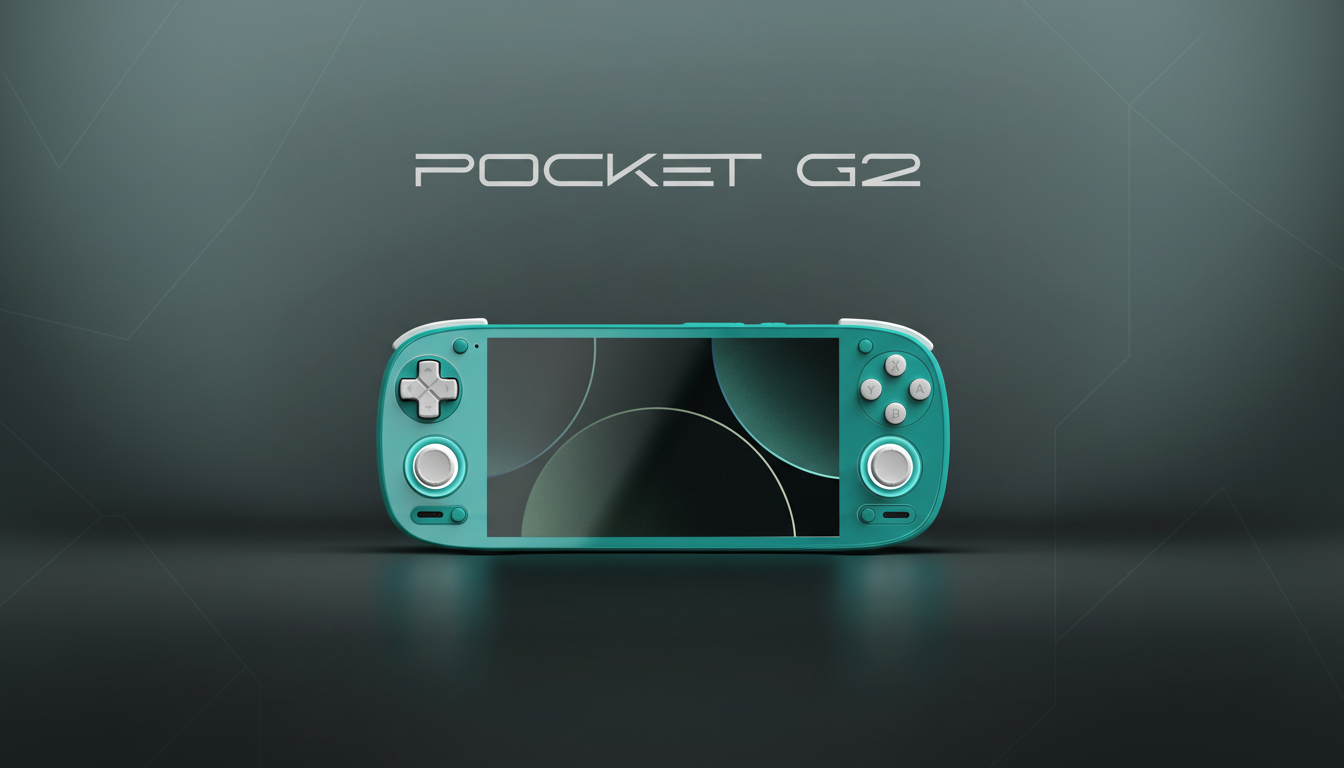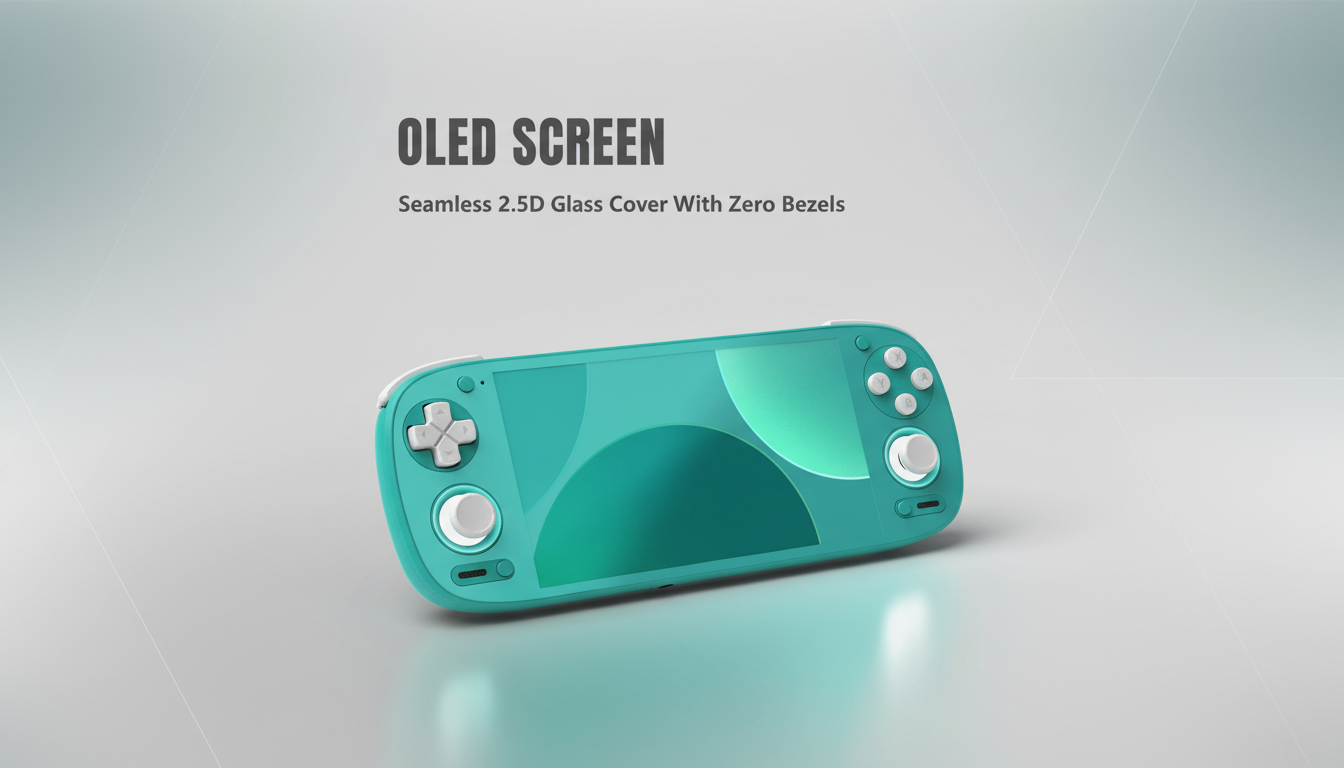Retroid’s new Android handhelds are now up for grabs, with the Pocket G2 going on sale and the flagship Pocket 6 opening preorders.
The big question for buyers isn’t whether to dive in, but which of the two new models fits their gaming habits and budget.
- What’s New in Retroid’s Pocket G2 and Pocket 6 Lineup
- Pricing and availability for Retroid Pocket G2 and Pocket 6
- Performance expectations for emulation on both handhelds
- Which one should you buy: Retroid Pocket G2 or Pocket 6
- Consider the competition and other Android handheld options
- Bottom line: choosing between Pocket G2 and the Pocket 6

What’s New in Retroid’s Pocket G2 and Pocket 6 Lineup
The Pocket G2 is the first Android handheld to feature Qualcomm’s Snapdragon G2 Gen 1, which targets mid-level performance with an eye toward emulation and cloud gaming. It even keeps the popular Pocket 5 form factor—size, controls, and weight—feeling familiar in hand if you’ve had your hands on the prior model.
The Pocket 6 is a performance play. It steps up to a Snapdragon 8 Gen 2, allowing for emulator support for PS2, GameCube/Wii, and more, as testers such as Retro Game Corps and ETA Prime have documented. A 120Hz OLED panel with black frame insertion and lower input lag put it ahead of the G2’s 60Hz OLED, so fast-scrolling retro titles and high-FPS cloud streaming look and feel smoother.
In terms of design, the Pocket 6 puts a row of buttons under the screen, so it doesn’t quite deliver a bezel-less experience, marginally lowering the screen-to-body ratio. It is also heavier by about 40 g compared to the G2. And if you value featherweight portability, keep in mind that the 6 is slightly bulkier to hold and use compared to the Pocket 5’s bantamweight 280 g.
Pricing and availability for Retroid Pocket G2 and Pocket 6
The Pocket G2 starts at $199, and the Pocket 6 at $209. Community synthetic benchmarks were not announced but were speculated across their blog and Instagram. The G2 starts shipping right away; however, the colorways drop at different times. The Pocket 6 will ship later, reflecting its more premium positioning and broader demand.
After the first promo window, you can expect to pay $219 for the Pocket G2. There isn’t a massive saving in the $20 preorder discount; if you want more headroom for taxing emulators and a faster display, the Pocket 6 may be worth the small price jump.
Performance expectations for emulation on both handhelds
For the majority of retro libraries, it will be a sweet spot in that regard.
Qualcomm itself insists the G2 Gen 1 is a modern, power-efficient SoC, and early emulation testing around this generation of hardware indicates good results in systems such as PSP, Dreamcast, Nintendo DS, and many PS2/GameCube games with reasonable settings. As always, game and emulator compatibility differs from build to build.

If you’re serious about pushing bigger workloads, the Pocket 6 is likely a safer bet. Snapdragon 8 Gen 2 has become an Android emulation favorite due to wide optimization and driver maturity. Look forward to more stable PS2 and GameCube/Wii libraries, improved runway for 3DS, and fewer compromises for higher internal resolutions when GPU headroom allows.
That 120Hz OLED is far more than just a spec sheet flex. Black frame insertion goes some way to mitigating perceived blur in pixel-art and 16-bit era titles, while the panel’s higher refresh makes it a great pairing for cloud and local streaming courtesy of apps like Steam Link and Moonlight. Just note that BFI means dimmer peaks, so it’s ideally used with some light control.
Which one should you buy: Retroid Pocket G2 or Pocket 6
Opt for the Pocket G2 if you’re looking for a pocketable, wallet-friendly Android handheld that nails classic and mid-tier emulation, ships earlier, and boasts the same comfy form factor as the Pocket 5. If you have a library that skews heavily toward PS2 and GameCube/Wii and don’t mind 60Hz, it’s the value leader.
The Pocket 6 offers full headroom for tougher emulation, frequent streaming of PC games, and an interest in motion clarity and lower latency. If you’ll put them to good use, the modest price difference, faster SoC, and 120Hz OLED can be beneficial to your experience. The trade-offs are added weight and a more divisive front layout.
Consider the competition and other Android handheld options
There’s also the wild card that is the KONKR Pocket FIT, which promises a Snapdragon G3 Gen 3 with a 6-inch 144Hz LCD for $239 during its early window.
That added GPU muscle can help with Switch-adjacent workloads and higher-res targets, on paper at least, although you give up OLED contrast and possibly different thermals and ergonomics. Handhelds that run Windows from AYANEO and AYN still cost more, are heavier, and are more complex, leaving Android devices such as Retroid’s for many players to consider.
Bottom line: choosing between Pocket G2 and the Pocket 6
The G2 is the one to choose in the Pocket family; it strikes the perfect balance—excellent retro performance at a friendly price, packed in a tried-and-tested shell. The Pocket 6 is the choice for enthusiasts who prefer smooth visuals, lower latency, and broader emulator headroom. With both models now for sale, and tangible differences in screens, silicon, and when they’ll actually ship, Retroid has neatly divided its lineup—making your choice less about hype and more about how exactly you game, and what you play.

